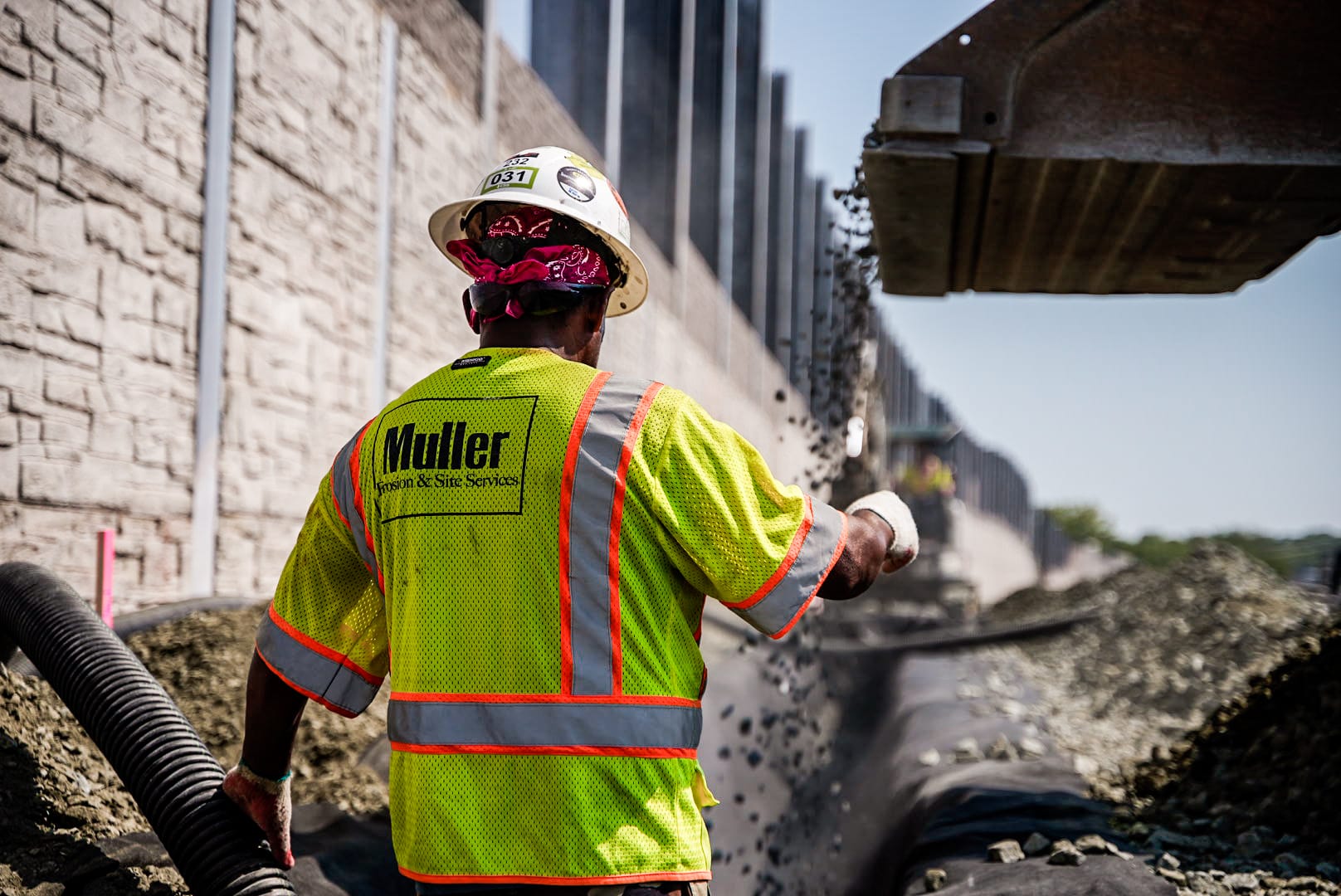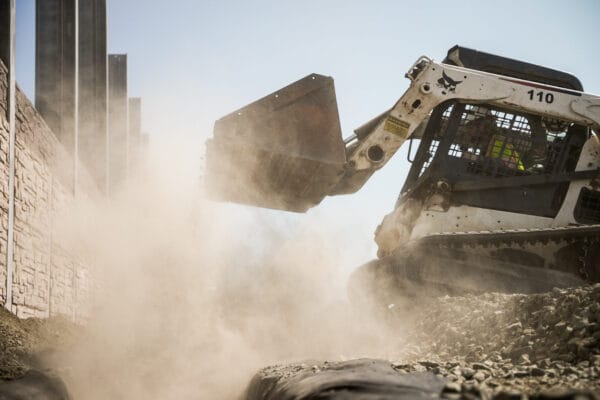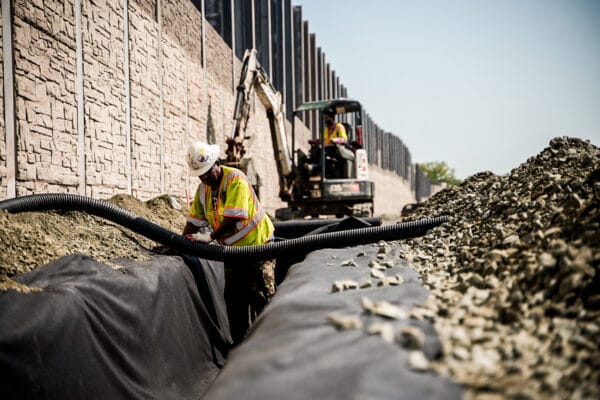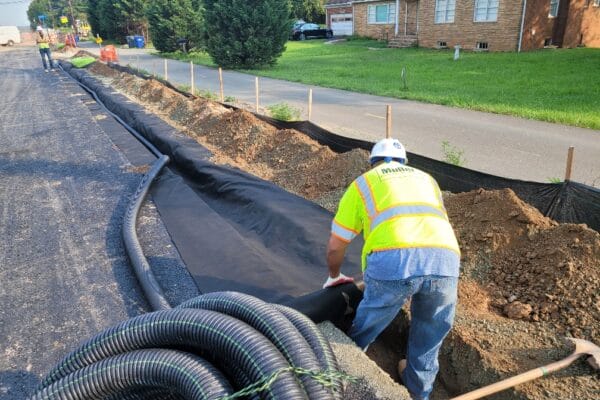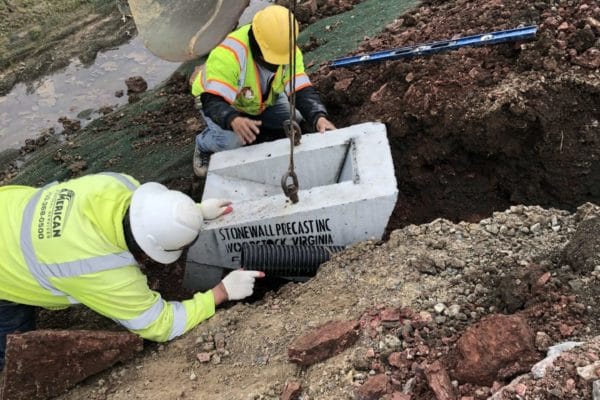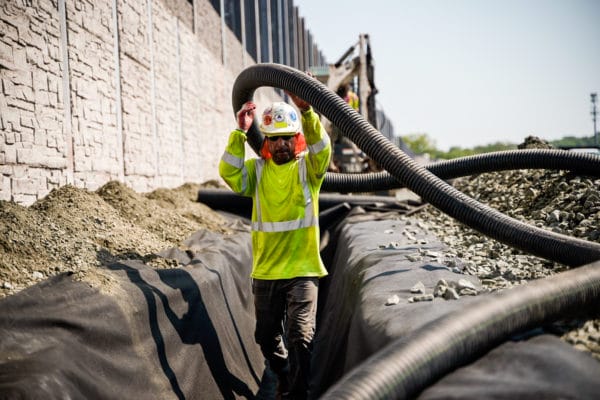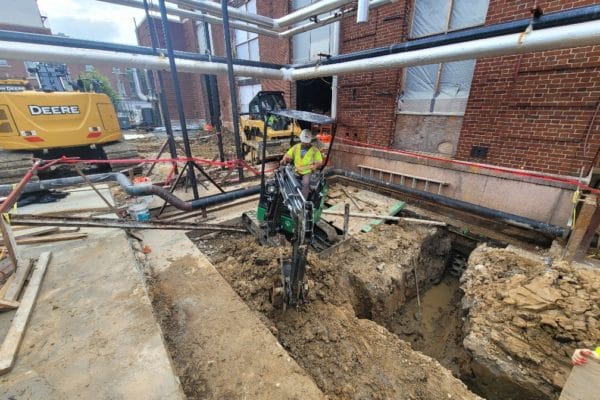To ensure the longevity and reliability of the water, sanitary, and stormwater systems we build, we recommend the following best practices for maintenance and repair:
First, regular inspections are key to identifying potential issues early and preventing significant problems. We conduct visual inspections of above-ground components and use specialized tools like CCTV sewer cameras to inspect underground infrastructure. It’s also important to perform regular inspections after major weather events or other disruptions that may impact the utility.
Second, any necessary repairs or maintenance should be performed promptly to prevent further damage or disruptions. Our trained professionals will use appropriate tools and equipment to address issues such as leaks or breaks in pipes, damaged components, clogged pipes, or blocked drains.
Third, ongoing maintenance and cleaning can help prevent major issues from occurring. We recommend flushing pipes and drains regularly to prevent buildup and clogs, applying protective coatings to prevent corrosion, and performing regular maintenance on pumps and other equipment to maintain wet utility infrastructure.
Emergencies and unexpected disruptions can occur with wet utility infrastructure, which is why it is essential to have a plan in place for responding to these situations. We have a dedicated emergency response team on call, maintain backup equipment and supplies, and have contingency plans in place for infrastructure failures.
Our proactive approach prioritizes regular inspections, prompt repairs, and ongoing maintenance to prevent major issues from occurring. If you have any questions or concerns regarding our wet utility installation services or maintenance and repair recommendations, please don’t hesitate to contact us.

